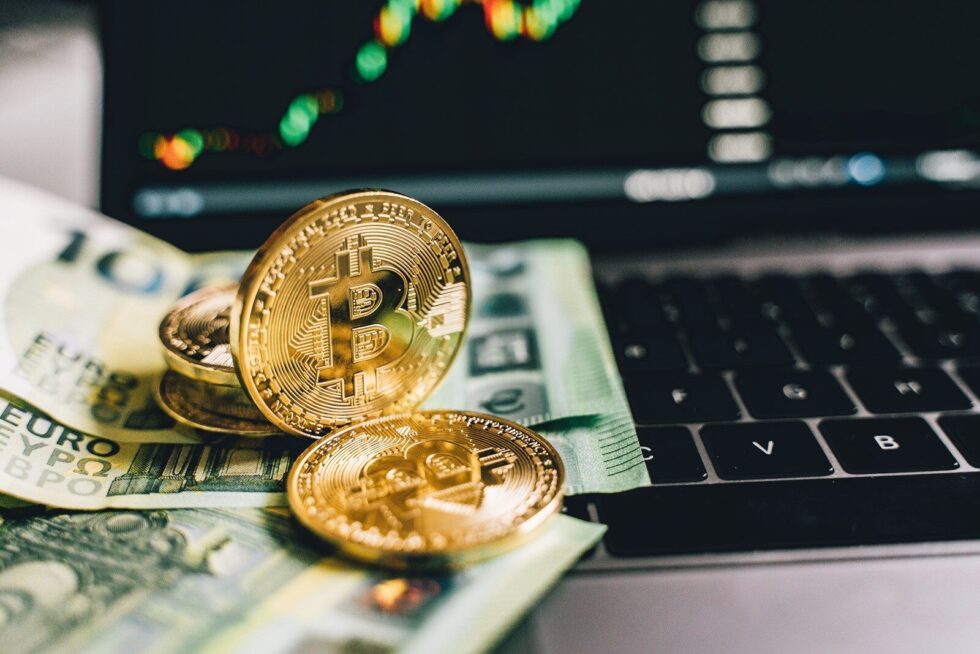Why can crypto exchanges block your funds — and how to avoid losses

Crypto exchanges are essential for trading digital assets, but they are not risk-free. Millions of users trust them daily to buy, sell, and store cryptocurrencies, yet sudden account freezes are increasingly common. The reasons include incomplete verification, suspicious activity, or even technical failures on the platform. For traders, such incidents can be stressful, especially if large amounts are involved. Knowing the most common causes of freezes and how to prepare for them is the first step towards protecting your funds, as reported by G.business.
Main reasons for account freezes
Exchanges rarely block funds without reason. Freezes usually stem from compliance duties or security protocols. Financial watchdogs require strict monitoring of suspicious transactions, and exchanges must react quickly. Even legitimate but unusual transactions may trigger alerts. This is why every investor should understand what may be seen as a red flag.
Frequent reasons for freezes:
- Incomplete or failed KYC.
- Large or unusual transfers.
- VPN or proxy logins.
- Incorrect personal data.
- Bot-driven trading activity.
- Regulator or court requests.
The importance of KYC and AML
KYC (Know Your Customer) and AML (Anti-Money Laundering) are core requirements on regulated exchanges. Users must provide ID documents and proof of address before gaining full access. If data is missing or inconsistent, accounts are often restricted. Sometimes exchanges also demand evidence of the source of funds. While inconvenient, these checks are essential for compliance and investor protection.
Commonly required documents:
- Passport or national ID.
- Proof of address (utility bill, bank statement).
- Selfie with ID.
- In some cases — proof of income.
Technical and operational risks
Not all freezes indicate wrongdoing by the user. Many occur during maintenance, cyberattacks, or when networks become congested. In such cases, withdrawals are temporarily paused to protect the platform and users. While inconvenient, these freezes usually last a few hours or days. Understanding these risks helps investors stay calm when platforms face disruptions.
Examples of technical risks:
- DDoS or hacking attempts.
- Blockchain congestion (e.g., Ethereum).
- Liquidity shortages on exchanges.
- Scheduled system upgrades.
Which exchanges freeze funds most often
Well-regulated exchanges like Binance and Coinbase freeze accounts more frequently because they operate under strict oversight. Smaller platforms may appear more flexible, but they often lack robust protection mechanisms. Investors should balance regulatory safety with practical usability when choosing an exchange.
| Exchange | Reasons for freeze | Regulation | KYC level |
|---|---|---|---|
| Binance | Suspicious transfers, VPN use | EU, Asia | High |
| Coinbase | Strict AML checks, regulator requests | USA, EU | Very high |
| KuCoin | Bot trading, unverified deposits | Singapore | Medium |
| Kraken | KYC mismatch, large transfers | USA, EU | High |
| Bybit | Exceeding limits, VPN use | UAE | Medium |
How to avoid freezes
The best protection is prevention. Users should verify accounts early, avoid risky practices, and use strong security features. Exchanges should not be used as long-term wallets. By combining safe practices, traders can reduce risks and maintain reliable access to their funds.
Practical tips:
- Complete KYC right after registration.
- Avoid VPNs and proxies for login.
- Enable 2FA and use strong passwords.
- Store most funds in cold wallets.
- Transfer only from verified accounts.
What to do if funds are already frozen
If your account is frozen, remain calm and follow the exchange’s procedures. First, contact customer support and request details. Then, provide the required documents and clarify the origin of your funds. If the case is unresolved, escalate to regulators. Keeping all correspondence is critical for legal protection.
Steps to follow:
- Contact exchange support.
- Submit all required documents.
- Provide fund origin proof.
- File a complaint with regulators (e.g., BaFin in Germany).
- Keep all communication records.
Golden rules of crypto safety
The safest approach is to diversify storage. Exchanges are for trading, not long-term custody. Using hardware wallets, strong authentication, and multiple platforms reduces exposure to risk. Following these rules helps investors protect their assets against freezes and hacks alike.

Golden rules:
- 70% of assets in hardware wallets.
- 20% on regulated exchanges.
- 10% on DEX for quick trades.
- Always enable 2FA.
- Double-check website URLs to avoid phishing.
The crypto market brings both opportunities and risks, and account freezes are one of the challenges investors must prepare for. These restrictions are not always caused by fraud — they often stem from regulatory compliance, technical failures, or simple user mistakes. By understanding how exchanges operate and by following best practices in security, investors can reduce the chances of losing access to their funds. A cautious, well-prepared trader is more likely to benefit from the potential of digital assets without facing unexpected setbacks.
Latest events in politics and global economy at Cryptonews – practical tips on how to act and invest. Read: Why are cryptocurrencies not only an opportunity but also a huge risk for your money